Deck mistakes: 11 common errors to avoid when planning a new design or upgrade
Our experts give their advice on the deck mistakes to avoid so your project runs smoothly from start to finish
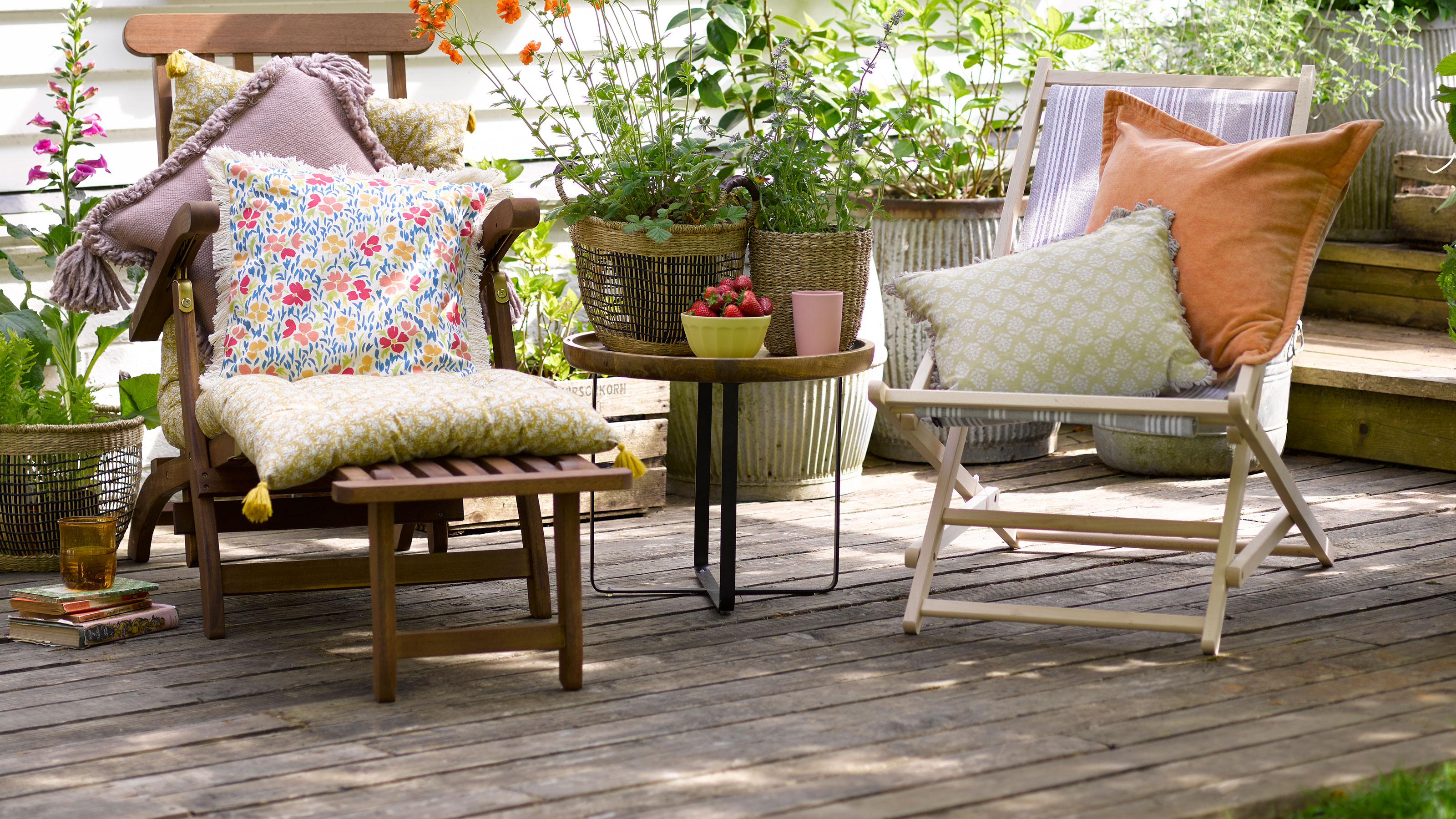

Make sure you're up to speed with common deck mistakes so you don't create problems for yourself when coming up with plans for a new deck or makeover of an existing one in your backyard.
Putting in a new deck can be costly and takes time so be sure to iron out any glitches before you start to get things right from the get-go. Hardscaping tends to be the most expensive part of any garden project and when it comes to designing a deck there's lots of advice out there on how to do it but not all of it is correct.
If you're not a DIYer always make sure you get professional input from a landscaper who’s registered with a trade organisation. If you’re planning on doing a self-build then do as much research as possible before you hit planning stage, making sure you consider things like the best materials to use, correct construction and how the look of your deck fits in with your existing garden scheme.
Whichever route you’re taking, you need to know what pitfalls to avoid when constructing a new deck. From designing an adequate under structure and using the right materials, to budgeting correctly and allowing enough time, we’ve enlisted the help of decking experts so you can get the perfect decking ideas in place for your outdoor space.
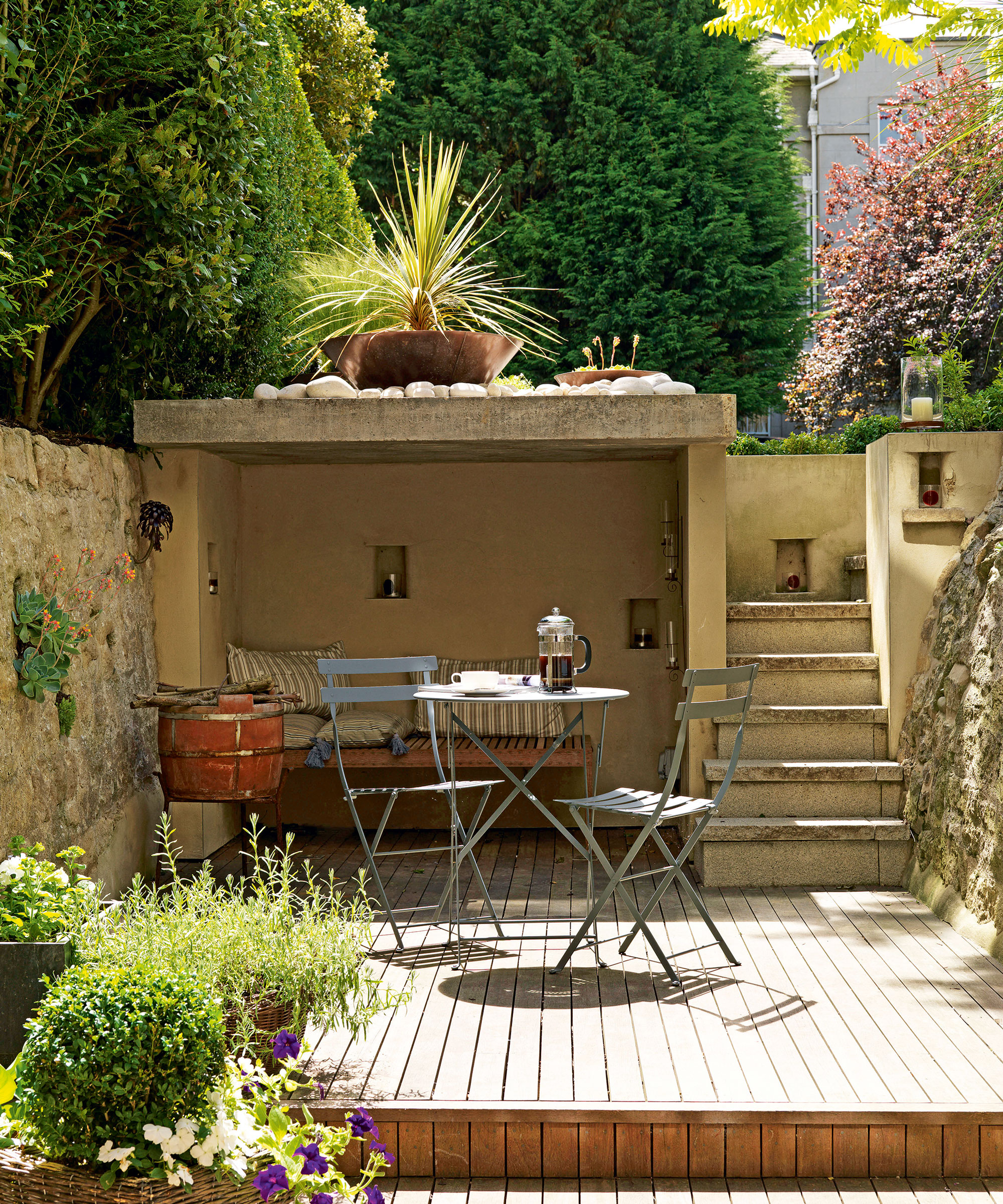
Understand the differences between various types of decking and the ways in which they can be fitted then you can work out what’s best for your garden
The top 11 deck mistakes to avoid
From choosing the best location for your deck to selecting the right decking boards, there are so many decisions you'll need to make when planning your space and so much choice out there that it can be easy to go wrong.
Budget is a key issue when planning how to build decking. But one thing to bear in mind is that decking can be a cheaper option if you're not yet fixed on the idea. 'Decking is a great way of utilising and creating an area in your garden for relaxing and entertaining, and is cheaper and easier than laying a more expensive patio,' says Matthew Brown, technical consultant at Sadolin.
By making sure you avoid the following deck mistakes, you'll be on your way to designing your perfect outdoor living space.
1. Not getting expert input at the start
Unless you have previous experience with a similar deck construction project, you can find yourself facing some tough technical challenges when installing or upgrading your deck. So it makes sense to run your ideas by a professional before you start to avoid making any deck mistakes, especially if you're concerned with the question of how much decking costs.
Designing and building a deck is about much more than coming up with a functional structure and some nice looking decking boards. It pays to find an expert who can help with more technical queries such as whether the spot you've chosen is suitable, particularly if your project includes tricky elements like designing raised decking to enhance a sloping garden. You'll be needing some deck steps ideas too if this is the case to smoothly connect the different levels, which is definitely not a job for amateurs.
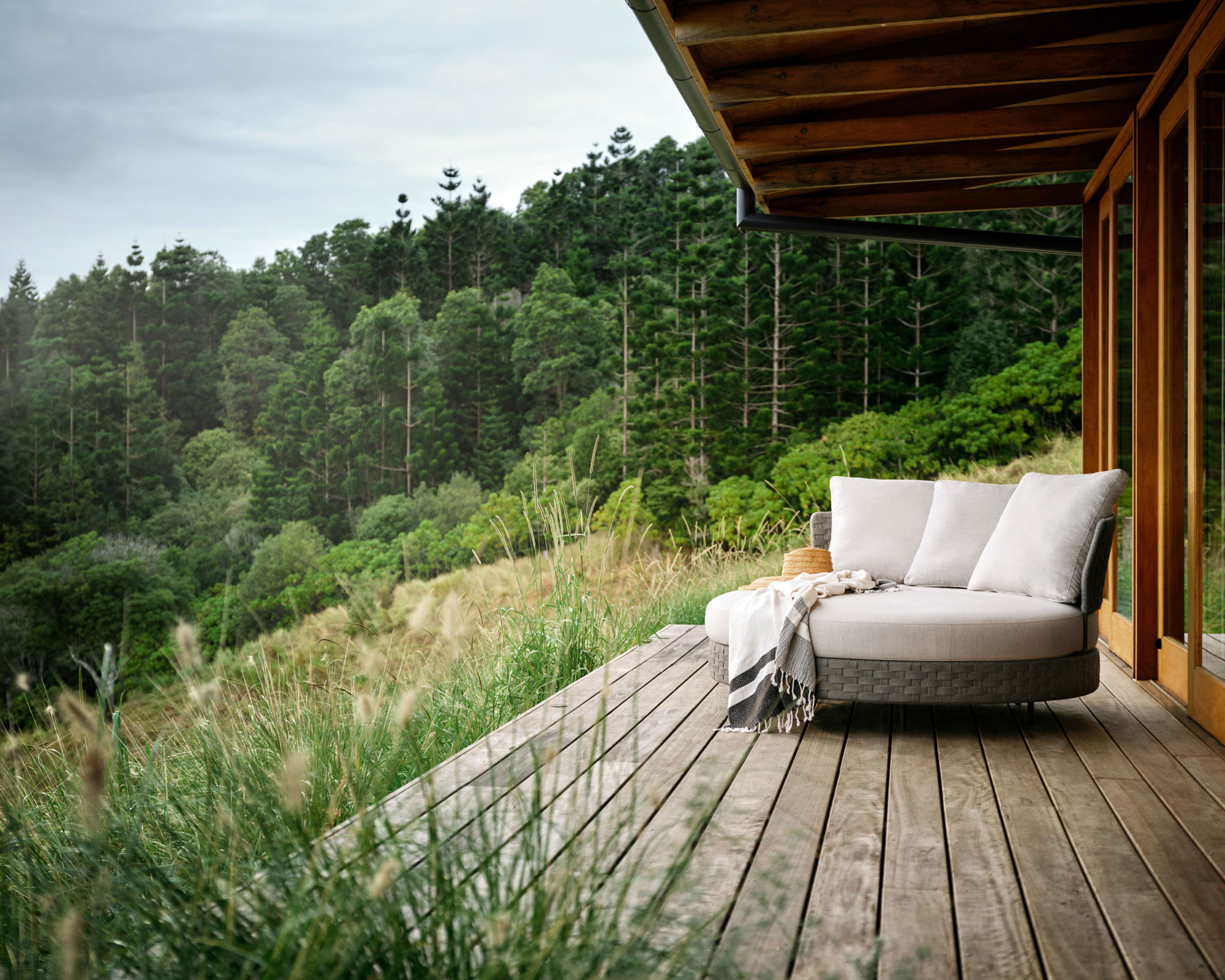
Decking is great for sloping and terraced gardens
2. Failing to prep the ground properly
If you’ve decided to install new decking as your latest garden project, there is one very important first step to get right before the installation can begin. Preparing the ground properly is essential, as you will need a strong and sturdy base on which to start installing your deck.
How you prepare the ground will depend on the surface it sits on and whether you want ground level or elevated decking.
If you're building up from a hard surface such as concrete, then you don’t have to worry about preparing the ground. However, you will still need a solid subframe, even if you're just interested in more modest small deck ideas.
'If you're working with grass or soil as opposed to a more solid surface, it doesn’t necessarily mean groundwork needs to take place, but some light work will probably be needed,' says Gripsure MD Mike Nicholson. 'Regardless of whether you’ve chosen elevated or ground-level decking, be sure to clear all the debris from the area including any weeds.'
If you’re building on soil or grass instead of concrete it’s a good idea to install a membrane underneath your deck first. This helps to prevent weeds from springing up but still allows water to permeate into the ground, so is good for garden drainage too.
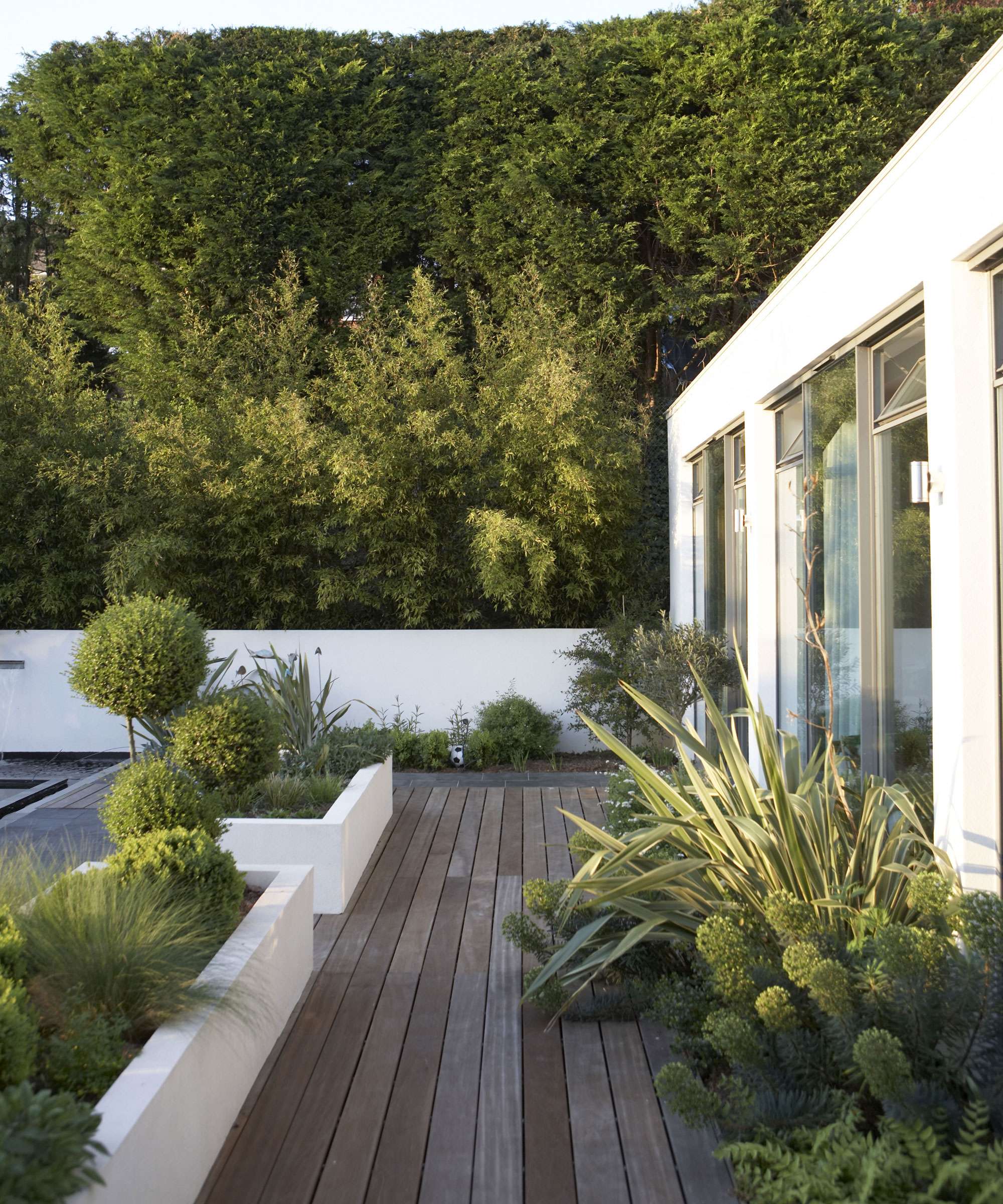
Take into account the ground beneath your deck at planning stage for the best results
3. Ignoring the importance of under structure
Most of us will automatically focus on choosing decking planks and deck railings because they are the most visible components and choosing a sleek design is the fun part of your project. This also means not necessarily paying enough attention to what's happening 'below deck' and can lead to some serious deck mistakes.
If you're upgrading an existing deck it's easy to assume that it’s just a matter of replacing a few jaded boards. But it's important to check the under structure like support beams too and make sure it's still fit for purpose. Look out for signs of rot, as well as corrosion around fasteners. You may need to factor in the cost of replacements to your deck budget so be sure to work out any extra spend.
If your deck build is a new project be sure to buy quality fittings that will last to avoid making deck building mistakes that will be costly and inconvenient if things go wrong with your build later on.
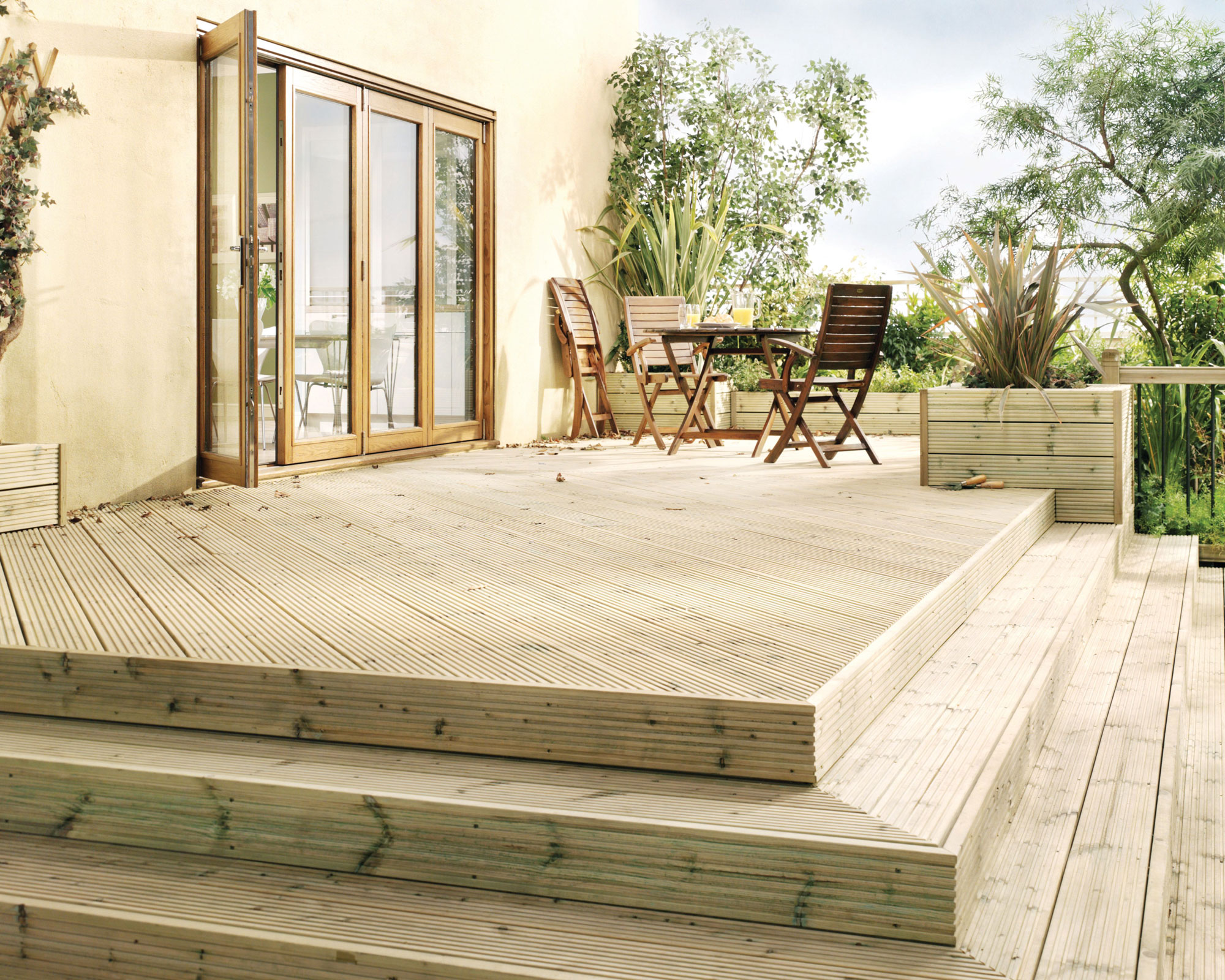
Decking doesn't need to be complex to be a standout feature in your garden like this one by Wickes but always make sure the under structure is sound
4. Installing the wrong decking boards
There's a huge range of deck boards available, from affordable pressure-treated boards to luxe exotic hardwoods like ipe. If durability, low maintenance and budget are important, composite woods and PVC-based materials are good value. But take time to consider the issue of wood deck versus composite to make the right choice for your space.
'Other questions to consider include will your decking wood be exposed to the elements and is it in a high traffic area,' says Mike Nicholson. 'If you're looking for pool deck ideas or a hot tub deck ideas, hardwood generally has better moisture resistance.' Assess your budget and choose deck boards accordingly to avoid making unnecessary deck mistakes.
'Softwood decking is cheaper than hardwood decking and is generally impregnated with a green tanalized preservative treatment that protects against rot and decay but does not stop the timber graying over time,' says Matthew Brown.
An alternative idea if you're interested in more sustainable gardens is bamboo decking. 'Bamboo is in plentiful supply so it’s great for the planet,' says Mike. 'It’s also durable, low maintenance and can last up to 50 years. If you’re trying to make more environmentally conscious choices when it comes to your deck design, then definitely consider bamboo wood decking as it also absorbs carbon over its lifetime.'
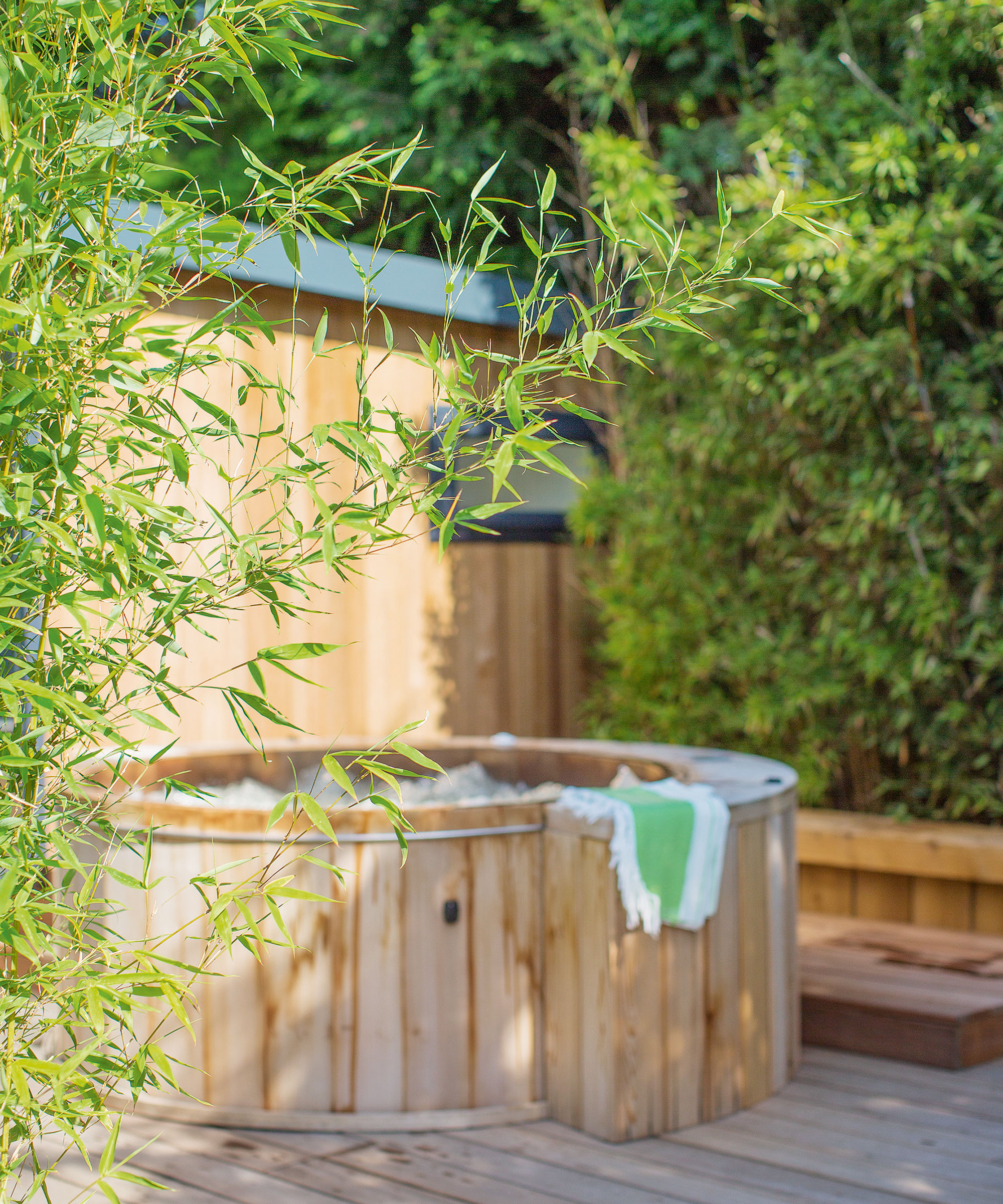
Make sure you choose the right decking material for decks that surround pools and hot tubs
5. Not choosing non-slip decking
Whether you’re installing new decking or updating existing boards, it’s important to consider which type of timber is best for your garden and how you intend to use it, as well as who will be using it most. Be sure to take into account slippery deck solutions too.
'Despite its many benefits, traditional decking has one major disadvantage: it becomes dangerously slippery when it’s wet,' says Mike Nicholson. 'Non-slip decking options mean that no matter what the weather's like you can have peace of mind knowing your family and guests are safe.'
Traditional decking becomes dangerously slippery when wet. 'As a result non-slip decking is surging in popularity,' says Mike. 'If you have experienced issues with slippery decks in the past look to replace your decking with a safer non-slip choice. If you're installing decking for the first time you're also more likely to think about how you can create a year-round deck that stays safe even in wet or icy weather to make the most of your outdoor space throughout the seasons.'
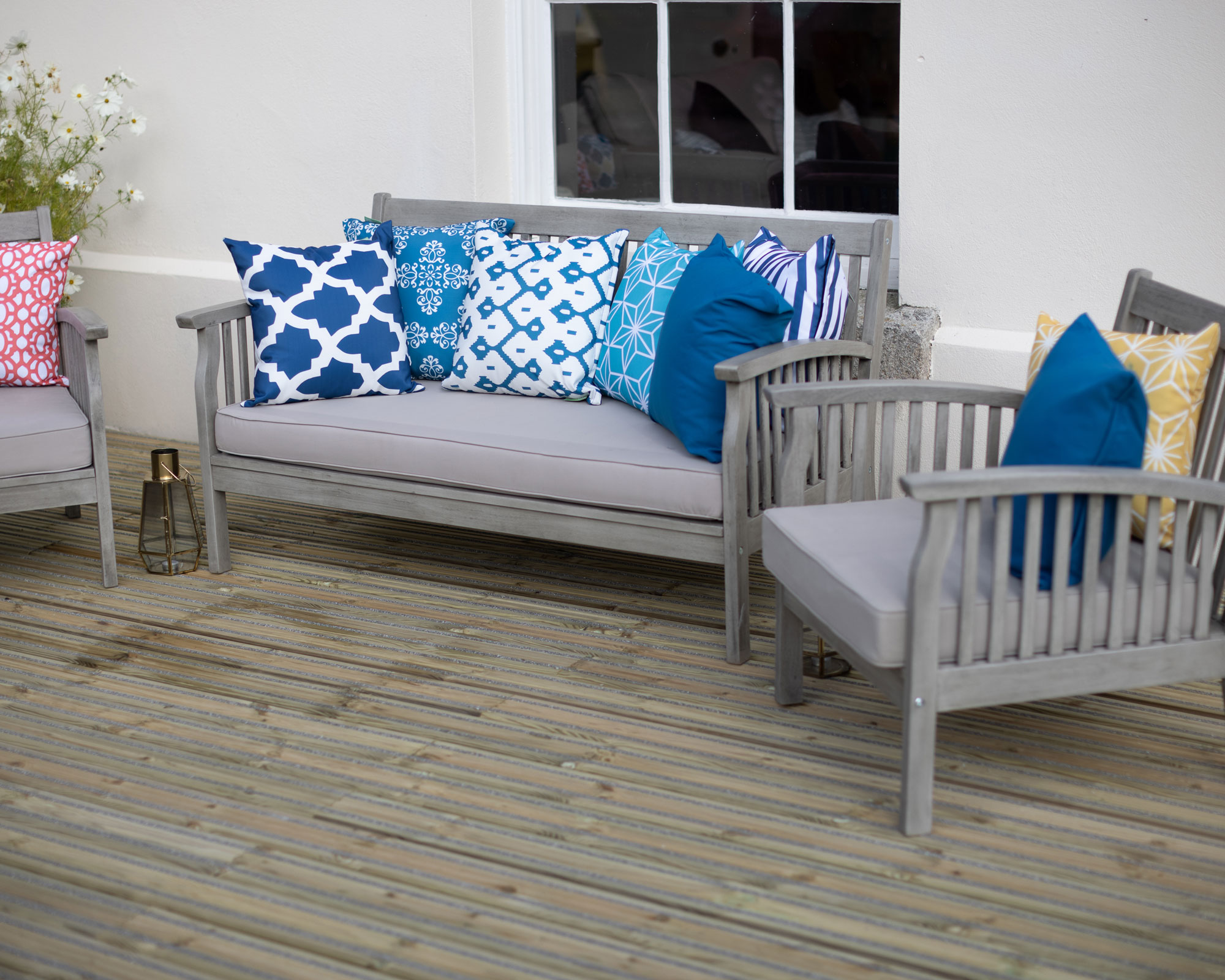
Make the most of your deck all year round by choosing anti-slip boards like these ones by Gripsure to make it safe for everyone
6. Failing to prep your decking in the right way
When buying new decking, it’s important you treat it properly from the get-go. Natural decking wood begins to weather quickly pretty, so you may need to apply a waterproof coating immediately after installation. Newly installed wood is in its best possible condition for accepting coatings.
Preparation is key, even when your decking boards are new, so make sure you find out how to clean decking before you start. Then lightly sand the surface, dust off and degrease using methylated spirits to ensure the best possible surface is created before any coating is applied.
'Coatings allow the user to protect decking from unwanted excess moisture ingress and UV damage while retaining an even color,' explains Matthew Brown. 'You can leave your softwood decking to weather and gray naturally but the wetting/drying cycle is accelerated. If not protected, over time it will crack and split more quickly.'
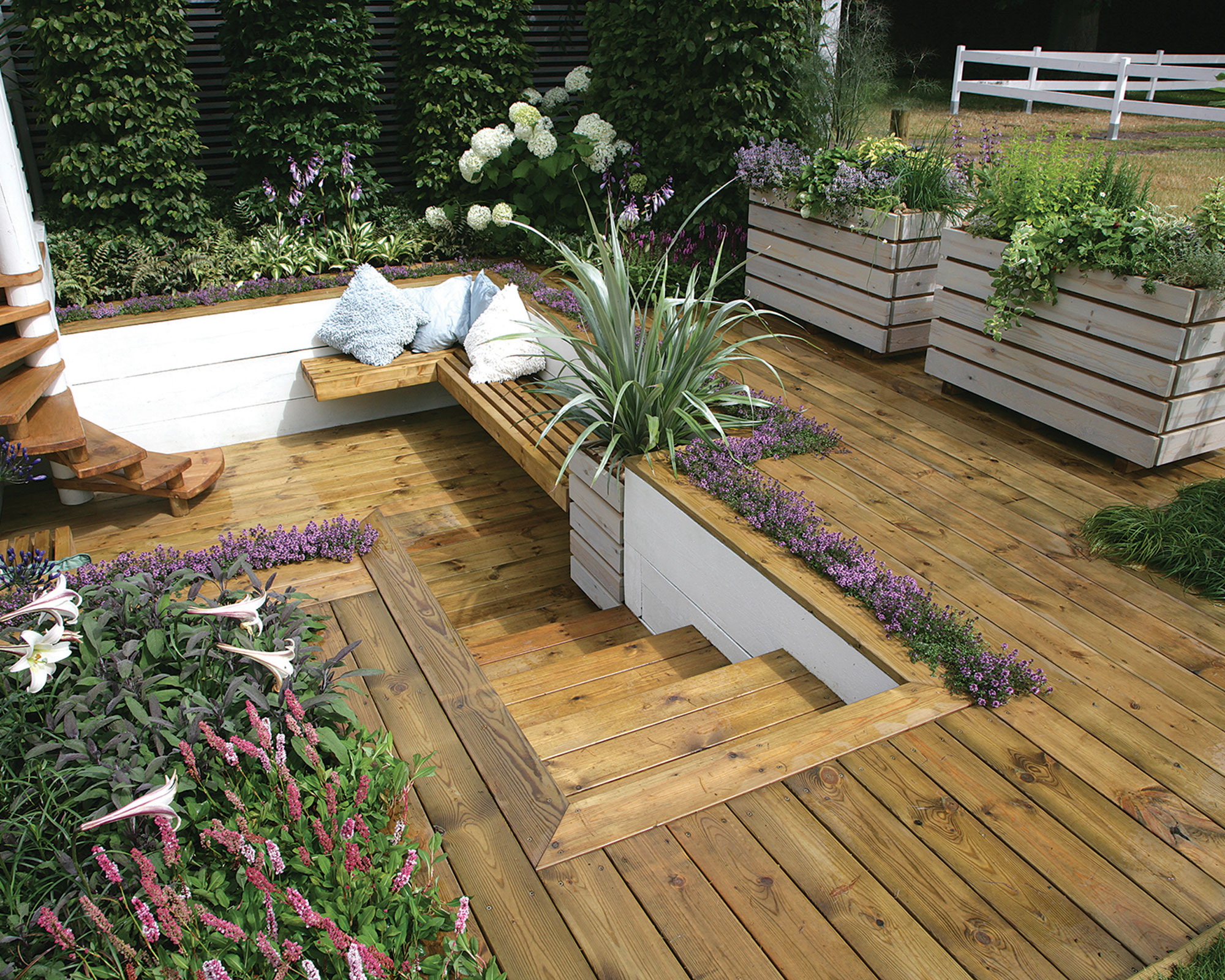
Decking boards enhanced with Classic Natural Woodstain by Sadolin
7. Using the wrong fasteners, nails or bolts
When it comes to common decking mistakes it's surprising how many of us ignore the manufacturer's guidelines and choose incorrect fasteners and the wrong size of nail or bolt instead, thinking it will be okay. But a couple of years down the line you could experience issues with your deck that mean starting over.
Choosing and installing the right fasteners can be a technical business so always follow the manufacturer's guidelines and use the appropriate fastener types recommended for your project.
It's also important to use durable stainless-steel or galvanized fasteners if you're opting for pressure-treated wood. Fasteners that don’t have the correct corrosion-resistance rating should not be used in combination with treated wood.
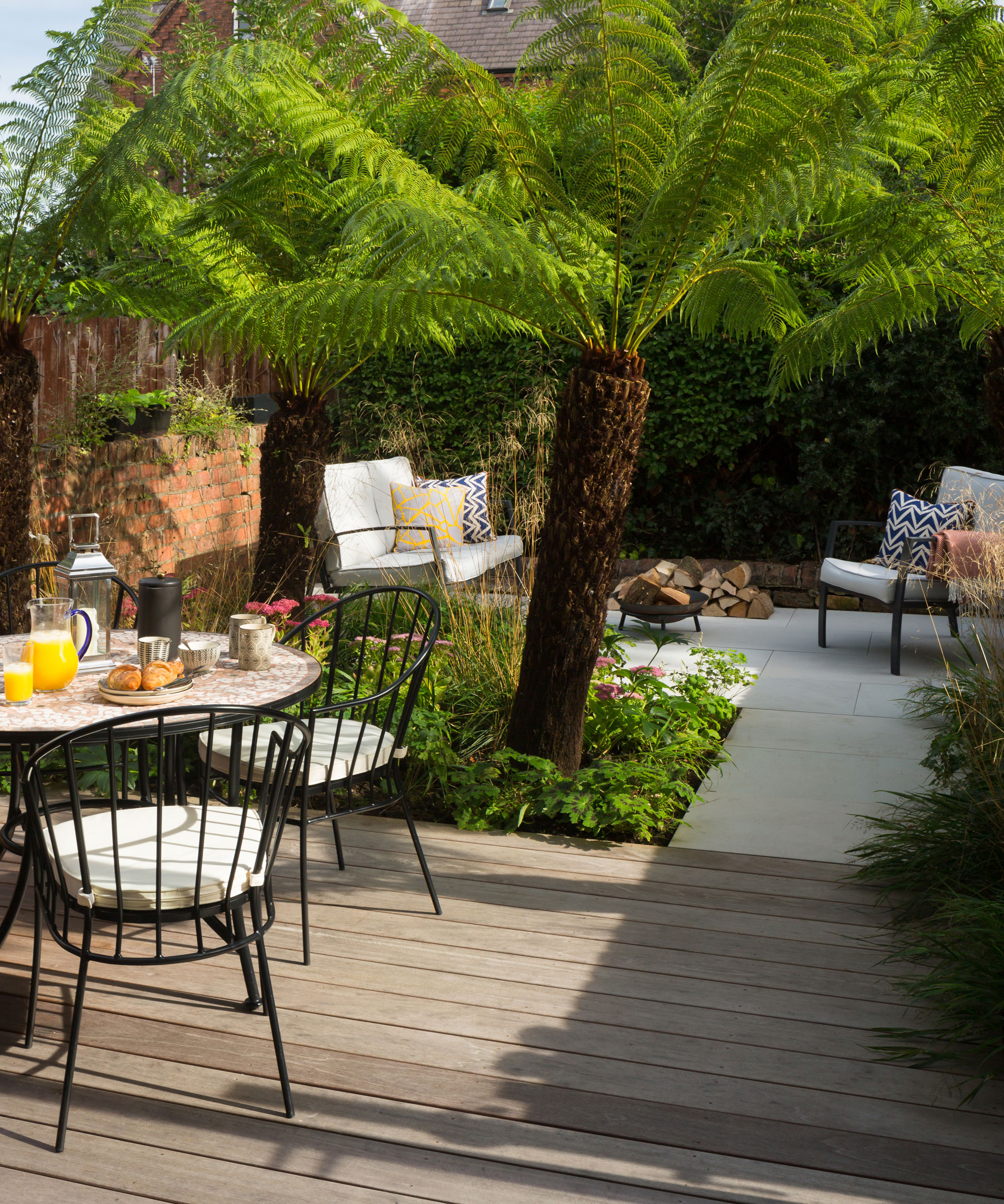
Attention to detail is everything when it comes to a professional looking deck and that includes the fiddly little bits
8. Incorrectly spacing the joints
Your outside deck doesn't have a subfloor in the same way as interior flooring. Instead deck floorboards are fastened directly onto joists. Without that intervening subfloor, the deck boards bear all the load so it's crucial to get the spacing right to avoid another common deck building mistake.
In particular, composite and PVC-based deck boards are not as structurally sound as most woods, especially hardwoods, so they may require tighter joist spacing. To avoid expensive deck mistakes seek technical help from the manufacturer and your landscaping professional to be sure the joists are fitted to work specifically for the type of decking you intend to install for your project.
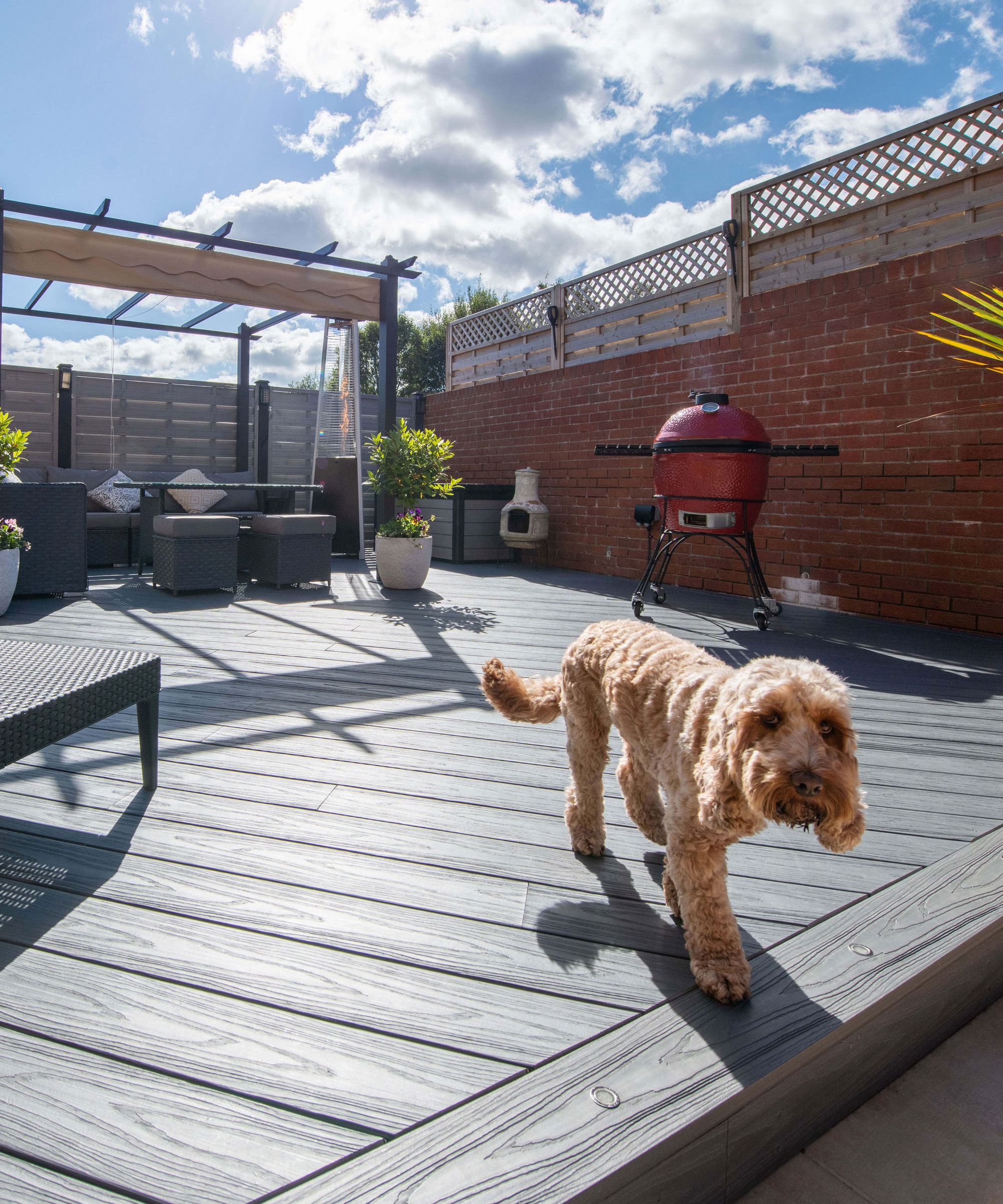
These composite deck boards from Habitat are slip resistant, don't need painting and are easy to maintain. The composite material does not rot, warp or split, and is weather resistant
9. Making a hash of fitting the ledger board
The ledger board is a critical component that connects non-freestanding decks to a structure. Usually made of pressure treated wood, the ledger provides much of the deck’s strength by creating the frame’s stiffness and supporting the joists. Making a mistake when fitting this crucial component can lead to major issues later on.
Proper deck installation requires attaching the ledger to the studs of the main structure. Correct installation of the ledger tends to be the trickiest part of building a deck and one of the most common decking mistakes. This area is also prone to moisture collection that can cause rot and damage to the deck, so it's important to consult a professional to find out the best way to proceed with your project and avoid costly deck mistakes.
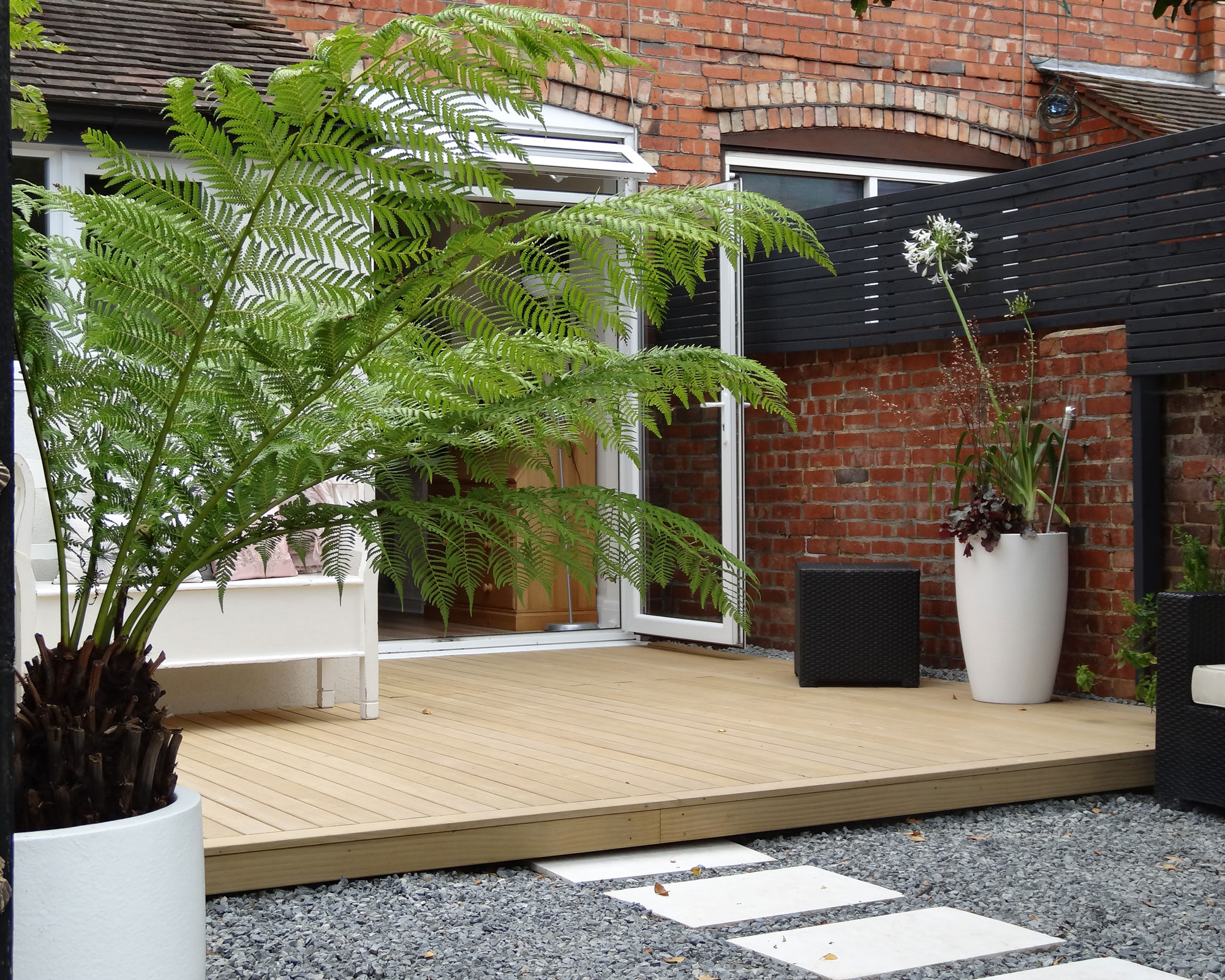
Learn the basics of proper deck installation for a professional looking result
10. Forgetting to maintain decking once it's fitted
Ongoing maintenance is needed when the surfaces start to look dull after cleaning or the boards show wear and tear, so you may need to find out how to paint decking so you can keep up the maintenance.
'Using a wood preserver will protect natural timber from rot and fungus giving it a much longer life,' says Ben Thornborough, director of wood paint experts Thorndown. 'Unlike most garden timbers, decking is laid horizontally so it takes the brunt of sunshine as well as rain, and that's before we start talking about high heels and general traffic. Wooden decking has to stand up to a lot, and using a wood preserver will give it an extra line of defence.'
Preparation takes time, but if done properly, the benefits are noticeable. 'It’s worth spending time getting it right,' says Matthew Brown. 'Gray denatured timber surfaces must not be coated. It simply won’t work as the applied coating will adhere to the fibrous surface on top and break away. Anything flaky and gray needs to be mechanically sanded off, and a stiff nylon brush used for hard to get to areas.
Once you choose a particular stain you need to continue with that system. If you start with an oil-based product, for example, you need to continue with an oil-based product going forward.
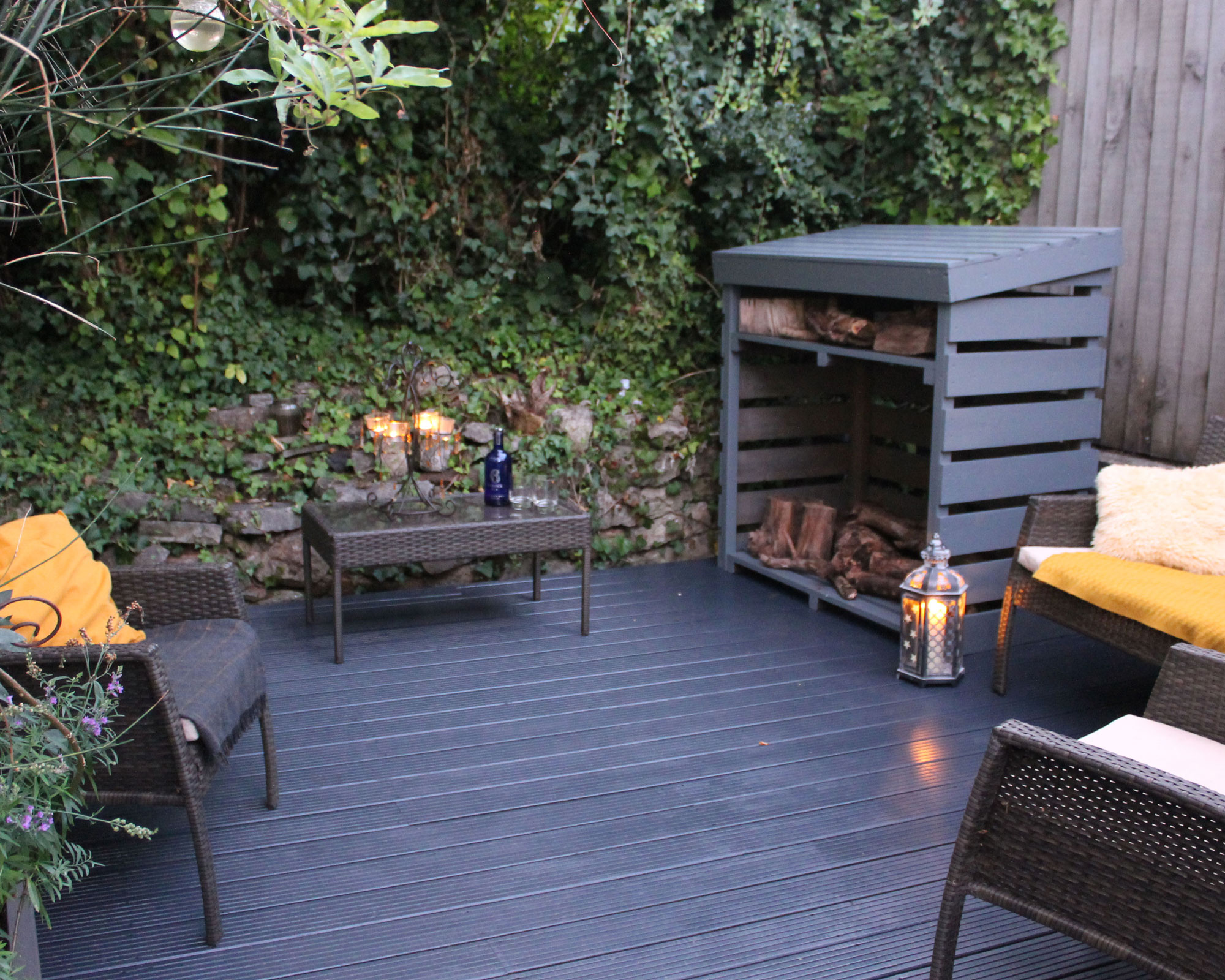
Get a sleek finish with Anthracite Grey Wood Paint by Thorndown
11. Underestimating the amount of time needed
Repairing or updating your deck shouldn't be a rush job that's squeezed into a free weekend because you fancy a project. Bringing an old deck up to date the right way takes time. You’ll need to thoroughly inspect the deck, identify any problems, obtain all your materials and carry out the repairs. It's not going to be a quick process.
Fitting a new deck as part of your landscaping ideas is also a lengthy operation, especially when you take into account all the planning that's necessary to avoid making any deck mistakes that will be detrimental to your build in the long term.
Set yourself a schedule that allows plenty of time to do the job right and correct any mistakes or unforeseen situations that might crop up. That way you will end up with the deck of your dreams, a space that's perfect for switching up with on-trend decking decorating ideas, and also one that is built to last.
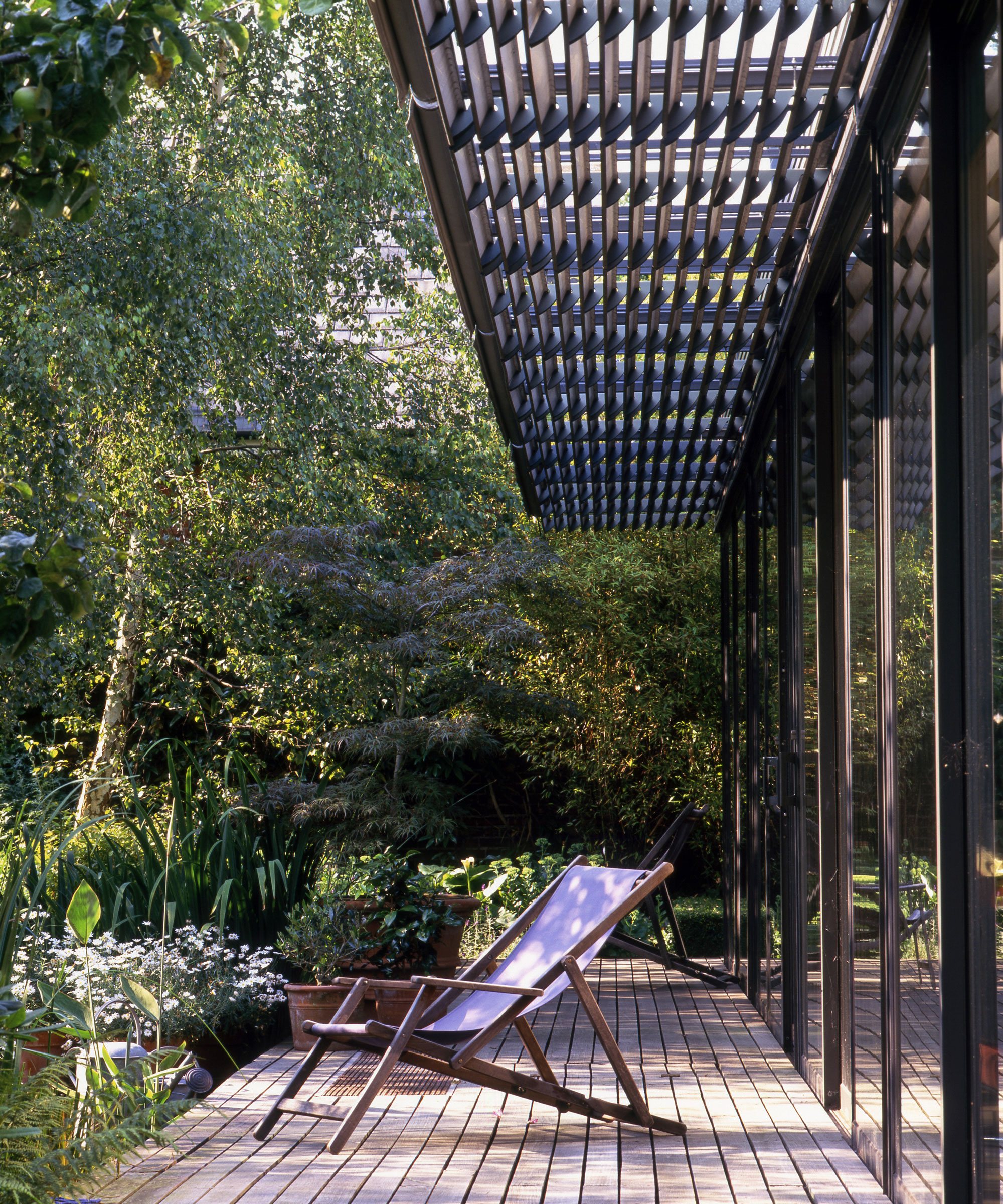
Once your project is completed you'll be able to relax in a deck chair and admire the fine job that's been done

Lifestyle journalist Sarah Wilson has been writing about gardens since 2015. She's written for Gardeningetc.com, Livingetc, Homes & Gardens, Easy Gardens and Modern Gardens magazines. Having studied introductory garden and landscape design, she is currently putting the skills learned to good use in her own space where the dream is establishing a cutting garden.
